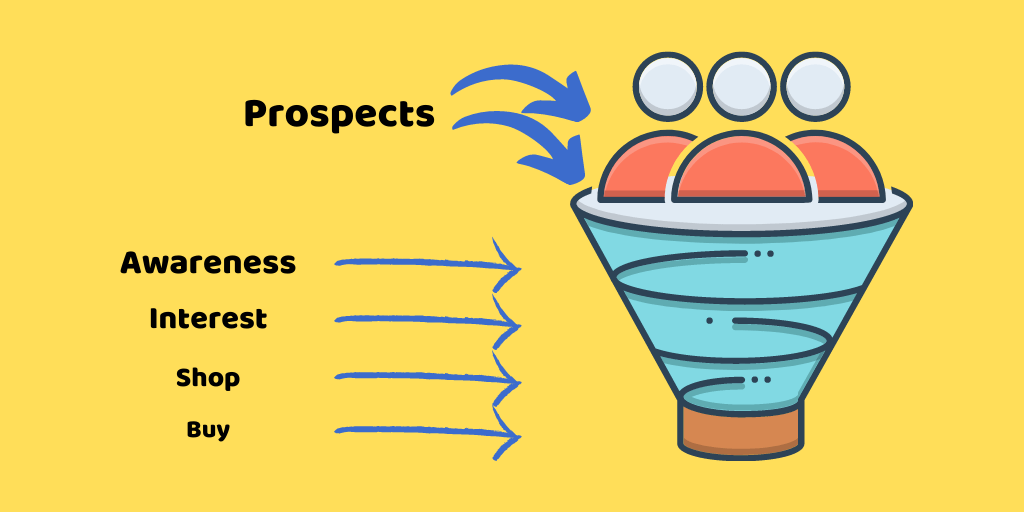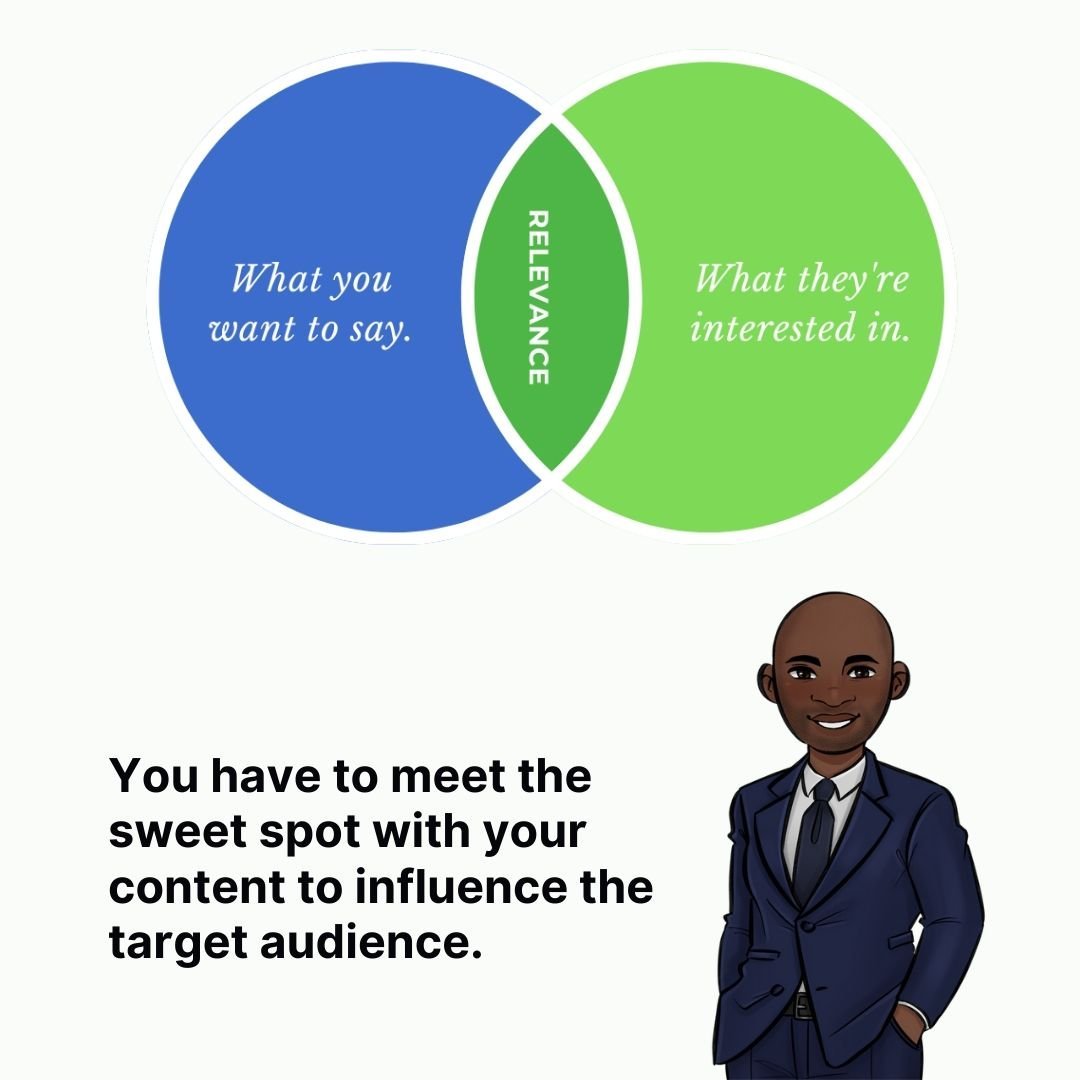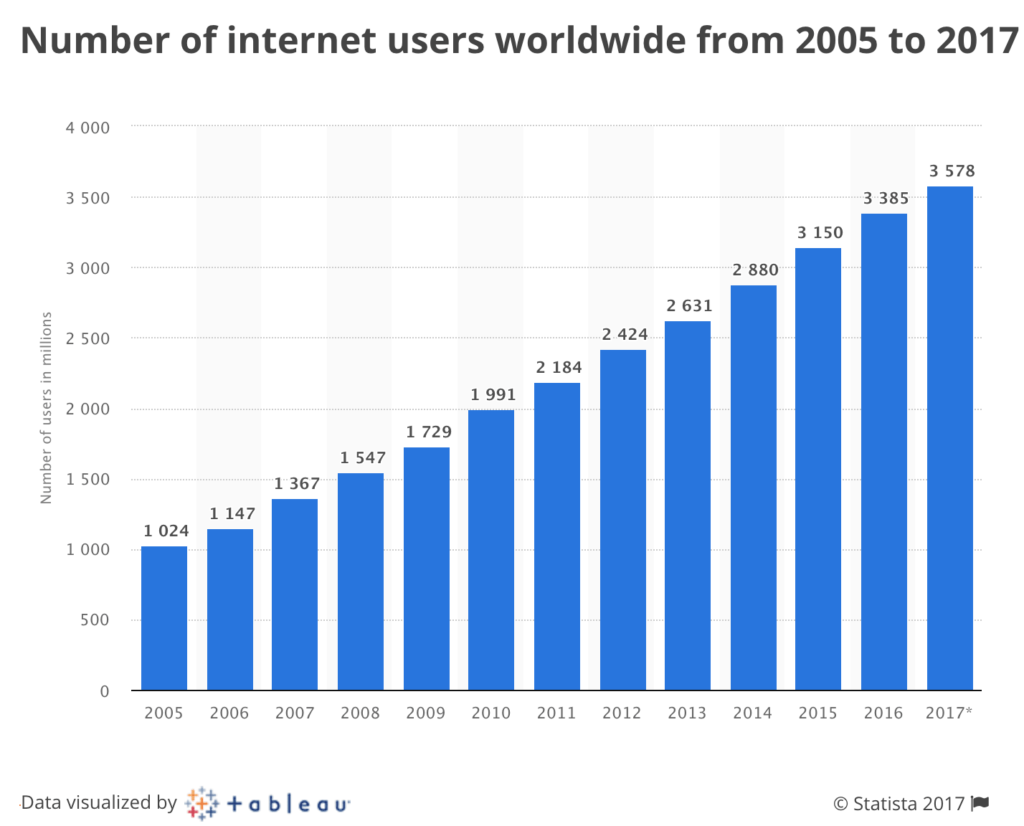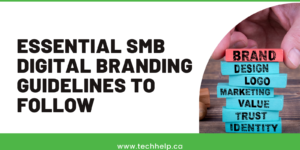More people are making use of the Internet today than ever before. There are 327 million Internet users in North America, which is more than half of the entire population.

Plus, the number of Internet users has been steadily climbing, which is good news for small business owners. That’s because online marketing is way more affordable than traditional methods, and there are lots of great ways to advertise.
Also, small business digital marketing presents an opportunity to compete with more prominent brands, even if your budget is significantly less than theirs.
Here are some digital marketing tactics to try.
1. Email Marketing
There are two primary ways to use email marketing as part of your digital marketing strategy. These are cold outreach and lead or customer nurturing.
For cold email outreach, you need to understand the sales funnel. The four stages of the sales funnel are as follows.
- Awareness – The prospect learns about your offerings.
- Interest – The prospect shows interest in some way (e.g., they request a phone call), converting them to a lead.
- Decision (or shop) – The lead considers your product as a viable solution (e.g., you have a phone call with them to discuss your offerings, they shop around).
- Action (or buy) – The lead takes action by purchasing the product.

Lead or customer nurturing involves engaging prospects and customers regularly to move them towards taking a favourable action.
While performing cold email outreach will depend on your digital marketing strategy, every small business should continuously build an email list. Email gives you more control than something like social media followers, so find a way to build that list.
Here are some ways to do it.
- Ask every customer if they want to join your newsletter and add the ones that do to the email list.
- Add an opt-in form to your website. Use a lead magnet (irresistible offer) to increase subscription rates.
- Use lead magnets to attract subscribers from other platforms like Facebook, LinkedIn, etc. You can pay for ads or rely on organic traffic, though the former will achieve results faster.
The bigger your email list, the better. But make sure you’re targeting the right audience because your email list stops being effective if it’s filled with uninterested prospects.
2. Strategic Content Publishing
Start a company blog and publish content regularly. Content marketing is about attracting potential customers to your brand by publishing valuable material. That includes video, audio, and text-based content.
Producing content is an essential aspect of a small business digital marketing strategy, but your content has to make business sense.
Any content you publish should meet the following criteria.
- The topic has positive online demand – Are people actively searching for the topic on search engines or is there a demand on other platforms like YouTube.
- The topic serves your target audience (business value) – Will someone looking for the content be interested in your solution?
Once you’ve identified demand and business value for the content, focus on quality. Low-quality content can damage your brand’s reputation, and it’s a waste of marketing resources.
So invest in high-quality content that will resonate with the target audience.
Great content meets the following criteria.
- The content provides real value to the intended audience while also supporting your business goals in some way (focus on helping the user achieve their intent).
- The content is well-written and engaging, so the audience sticks around to consume all of it.
Your content should meet the sweet spot of relevance.

3. Join and Participate in Facebook Groups
Facebook groups are public forums within the platform where people share ideas and can be great for marketing your small business. However, you’ll need to dedicate time to participate in each group and be subtle in marketing your small business.
That means you shouldn’t focus on promoting products directly; instead, share valuable content to help your business indirectly.
Facebook group moderators typically remove overly promotional content shares, and in some cases, the user is banned.
Here’s how to get started with Facebook groups.
- Search for relevant groups – Visit Facebook and search for the kind of groups you want to join (“niche name” groups). You can select ‘Groups’ from the Filters menu located on the left navigation to narrow down your search.
- Join a few groups – I’d recommend joining groups that you can actively participate in daily to increase marketing effectiveness. The number of groups you join should be based on your availability.
- Participate – The best way to engage someone is by showing interest in them. So make sure you’re not only sharing your ideas but also interacting with the content others share.
You’ll find plenty of public and private Facebook Groups, but in my experience, private groups have the most engaged audience.
4. The Power of Two
If you have the budget, you can create and manage an additional blog that’s separate from your small business. The blog needs to have a brand name, but you can let the audience know who owns or sponsors the blog. For example, you can add ‘powered by XYZ company’ to the logo.
You’ll still need to manage your company’s official blog (name.com/blog/) and continuously publish content there.
The purpose of a second blog that’s separate from your website is to attract more of your target audience. Let’s take a look at a quick scenario.
A local moving company wants to expand its services to the national population by offering long-distance moves. To do so, the brand wants to partner with real estate agents, apartment complexes, and condominiums across the country.
In that case, the moving company can create and manage a separate blog dedicated to helping real estate agents, condos, and apartment complexes. The information on the blog should attract new members of the target audience each month. The moving company can advertise its partnership offering on the blog and email it to subscribers occasionally.
That’s a nice way to double your results.
5. Post Ads on Kijiji
Kijiji is one of the largest marketplaces in Canada and a great small business digital marketing tool. You can post a free or paid ad on Kijiji to drive sales, and the platform lets you show your ad to a local audience.
Use the following tips to post a great ad.
- Create a great title to grab the attention of prospects. The title should be noticeable and contain keywords that people would use to find your product or service online.
- ‘A picture is worth a thousand words,’ so use high-quality photos.
- Ensure your asking price is in line with the marketplace. A lot of people go to Kijiji for used items and affordable services, so investigate the asking price on similar ads before you specify yours. If the current marketplace price is too low, then you don’t have to use Kijiji.
- If you see that an ad is performing relatively well, boost it for more exposure.
- Never have duplicate ads running at the same time since you can frustrate potential buyers.
Running a small business is tons of work, so you need help. Consider working with a small business digital marketing agency as an on-demand resource to cover your company’s needs.

I’m a freelance copywriter and SEO specialist. I aim to empower individuals and businesses with impactful marketing solutions and insights. In my downtime, I recharge by embracing the beauty of nature or cherishing moments with my loved ones. If you found value in this post, please consider sharing it.
Want a heads-up once a week whenever a new article drops?







